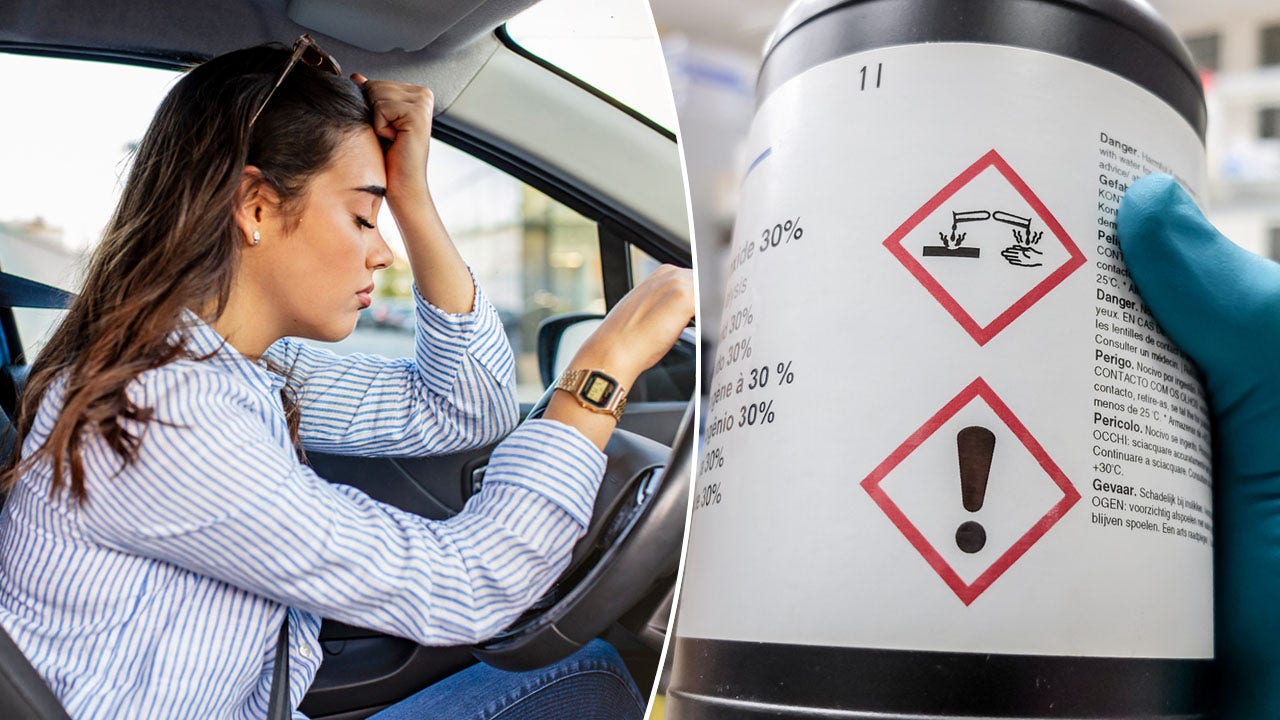In the nearly 20 years that Megan Stainer worked in nursing homes in and around Detroit, she could almost always tell which patients near death were receiving care from nonprofit hospice organizations and which from for-profit hospices.
“There were really stark differences,” said Ms. Stainer, 45, a licensed practical nurse. Looking at their medical charts, “the nonprofit patients always had the most visits: nurses, chaplains, social workers.”
The nonprofit hospices responded quickly when the nursing home staff requested supplies and equipment. By contrast, she said, “if you called and said, ‘I need a specialized bed,’ with for-profits it could take days — days when the patient is in a bed that’s uncomfortable.”
Ms. Stainer, now a private duty nurse and certified death doula in Hamburg, Mich., also found nonprofits more willing to keep patients enrolled and for-profits more prone to “live discharge” — removing patients from hospice ostensibly because they no longer met the criteria for declining health, then re-enrolling them later.
“It seemed like people were being discharged when they still needed their services,” Ms. Stainer said. “There never seemed to be a logical reason.” But long enrollments and live discharges can help hospices boost profits and avoid financial penalties, analysts have pointed out.
Researchers have for years reported that there are, indeed, substantial differences overall between for-profit and nonprofit hospices; a new study based on family caregivers’ experiences provides additional evidence.
Medicare began covering hospice care four decades ago, when most hospices were nonprofit community organizations relying heavily on volunteers. It has since become a growth industry dominated by for-profit businesses.
In 2001, 1,185 nonprofit hospices and just 800 for-profits provided care for Americans with terminal illnesses who were expected to die within six months. Twenty years later, almost three-quarters of the nation’s 5,000-plus hospices were for-profits, many affiliated with regional or national chains.
The shift was probably inevitable, said Ben Marcantonio, interim chief executive of the National Hospice and Palliative Care Organization, which represents both types along with some government hospices. Roughly half of Americans who die each year now turn to hospice. The number of Medicare beneficiaries enrolling in hospice rose to 1.7 million in 2020 from 580,000 in 2001.
“The growth of for-profit providers is largely responding to growing need,” Mr. Marcantonio said. “It’s evolved within a health care system that not only accepts but encourages for-profit providers. To think hospice would be exempt from that forever probably wasn’t realistic.”
Yet the proliferation of for-profit hospices has stoked fears that dying patients and their families are being shortchanged to improve companies’ bottom lines.
The most recent report from MedPAC, the independent agency advising Congress on Medicare spending, found that in 2020, for-profits received 20.5 percent more from Medicare than they spent providing services. The margin for nonprofits, whose daily per-patient expenditures are higher, averaged 5.8 percent.
“We’re not going to get profiteering out of the business until we make changes,” said Larry Atkins, chief policy officer of the National Partnership for Healthcare and Hospice Innovation, which represents about 100 nonprofit hospices.
He acknowledged, only a bit grudgingly, that “there are a lot of sophisticated players on the for-profit side that do a decent job.”
Barbara Reiss discovered that in 2017, when her 85-year-old mother was dying of cancer at her home in River Ridge, La. A for-profit hospice proved “very responsive to us,” she said, even when the family called for advice at 2 a.m. The hospice provided all the necessary supplies and drugs and sent nurses regularly.
“When we were really having trouble, they came,” Ms. Reiss said. Her mother died peacefully, and the family turned to the same for-profit hospice three years later, when her father died in assisted living at 95.
But numerous studies have documented that as a group, nonprofits provide better care. All hospices within a geographic area receive the same daily payment per Medicare beneficiary, but patients enrolled in nonprofits receive more visits from nurses, social workers and therapists, according to a 2019 study by the consulting firm Milliman.
For-profits are more likely to discharge patients before they die, a particularly distressing experience for families. “It violates the implicit contract hospice makes, to care for patients through the end of life,” Dr. Atkins said.
Dr. Joan Teno, a Brown University health policy researcher, and her team reported in 2015 on these “burdensome transitions,” in which patients were discharged, hospitalized and then readmitted to hospice.
That happened to 12 percent of patients in for-profits affiliated with national chains, and to 18 percent of patients enrolled in for-profits that weren’t chain-affiliated — but to only 1.4 percent of patients in nonprofit hospices.
Dr. Teno’s latest study, undertaken with RAND Corporation, analyzes the family caregiver surveys that Medicare introduced in 2016. Using data from 653,208 respondents from 2017 to 2019, the researchers ranked about 31 percent of for-profit hospices as “low performers,” scoring well below the national average, compared with 12.5 percent of nonprofits.
More than a third of nonprofits, but only 22 percent of for-profits, were “high performers.” In 2019, the Department of Health and Human Services’ inspector general’s office also reported that most hospices it identified as low-performing were for-profits.
Apart from such differences, the hospice industry has been plagued by fraud in several states. Investigations by The Los Angeles Times in 2020 and by the state auditor found that scores of new for-profit hospices were getting certified and billing Medicare in California.
The number far outstripped need, and dozens of hospices shared common addresses, the auditor noted, concluding that “numerous indicators suggest large-scale hospice fraud and abuse” in Los Angeles County. Last year, the state imposed a moratorium on hospice licenses.
In November, national hospice associations urged Medicare to take action in Nevada, Arizona and Texas, where similar patterns of growth and abuse have emerged.
Researchers and critics have also raised alarms about private equity firms acquiring hospice organizations and, intending to resell them within a few years, reducing costs through measures like cutting staff. Most of those acquisitions were previously nonprofits.
Advocates, researchers and industry leaders have long lists of reforms they think will fight fraud and improve services, from strengthening the way Medicare conducts quality surveys to shifting from a per-diem payment model to more individualized reimbursement.
“It’s clear we need to strengthen oversight, but we must also modernize payment programs to meet the needs of patients and make it harder for people to game the system,” Representative Earl Blumenauer, an Oregon Democrat who has long been involved in end-of-life legislation, said in an email.
Meanwhile, families seeking reliable, compassionate hospice care for loved ones need to undertake research, at a time when they shouldn’t have to, to select a provider. “It’s not as simple as avoiding all for-profits,” Dr. Teno said. “Because of the variations, you have to really look at the data.”
The Medicare.gov website notes not only which hospices are nonprofit but also other quality measures. (The National Hospice Locator also provides such information, and the CaringInfo site from the National Hospice and Palliative Care Organization offers general guidance.)
Dr. Teno advised caution if more than 40 percent of a hospice’s patients have dementia or are in assisted living facilities or nursing homes, both associated with higher profit margins.
Quality hospices provide not only “routine home care,” the most common type of hospice service, but also higher levels of care when needed, including inpatient services. Look for a hospice with a four- or five-star rating, she added, although some geographic regions lack one.
Most family caregivers still give hospice care high approval ratings, despite its changes and problems, but the need for improvement is clear.
“It’s a small segment of the health care system, but it’s such an important one,” Dr. Teno said. “If you screw it up, people don’t forget.”















































